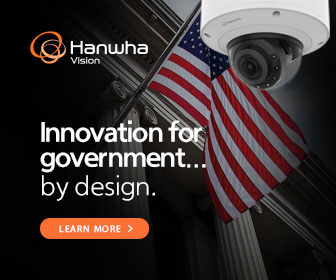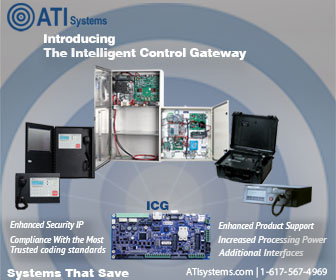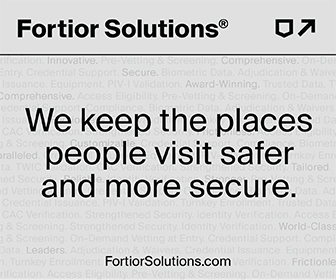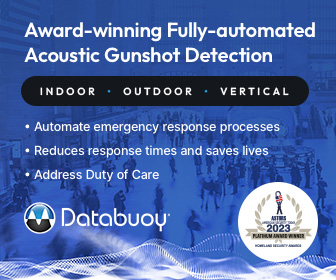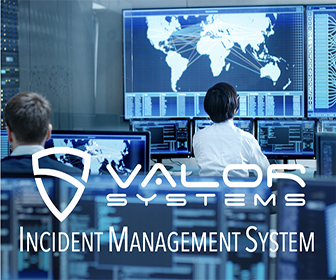
Guest Editorial by Mark Sinanian, Vice President, Marketing, Canon Solutions America, Inc.
According to Cybercrime Magazine, one in five small-to-medium businesses is hacked yearly.
While data breaches in large organizations can often garner news coverage, you may not hear about how frequently smaller organizations are attacked.
These businesses can often be at a higher risk due to having fewer resources dedicated to security protection, increasing their vulnerability to hackers.
Small businesses should take a holistic approach when addressing cybersecurity and consider the three recommendations below to limit the potential of cybersecurity attacks.
Over-communicate with and Educate Your Employees.
Employees can be your company’s best defense or weakest link. Educating your personnel on recognizing potential threats can help combat vulnerabilities to malicious cyberattacks.

For example, when employees log into personal email, bank, or social media accounts on company assets, inadvertently open phishing emails, or use the same password for every task, the risk of hackers finding their way into the data increases.
This particular issue can be addressed by installing multi-factor authentication systems.
These systems can permit employees access to needed information, regardless of the device (phone or computer), while adding an extra layer of protection.
But the most important aspect is to continue educating staff and assisting them in gaining awareness of how to recognize and not fall victim to a potential attack.
This ongoing education is an important part of a comprehensive security plan to help defend against potential cybersecurity threats.
(See Canon’s 2023 cybersecurity checklist, a tool to help you assess how your current security posture stacks up—and to avoid becoming this year’s big news headline. Hosted by Head of Presales and Architecture – Adrian Capolino and Cybersecurity Practice Lead, Diego Beltran, you will come away with an understanding of the IT security lifecycle, how to use the 2023 Cybersecurity Checklist, key steps in assessing your security posture and identifying areas to strengthen in 2023, and how you can identify quick wins as well as more strategic steps required to protect your organization. Courtesy of Canon Business Services and YouTube.)
Make the cloud your best friend.
Amid the COVID-19 pandemic, there was an increase in cybersecurity attacks and threats due to employees working in a hybrid environment.
As a result, cloud adoption accelerated as businesses sought ways to support this hybrid workstyle, ensuring employees have access to the information and resources they need for their work while maintaining a strong security posture within the organization.
A report by Flexera, an Illinois-based computer software company, citing Solutions Review, noted that “90% of IT decision-makers said that their cloud usage exceeded projections following COVID-19.”
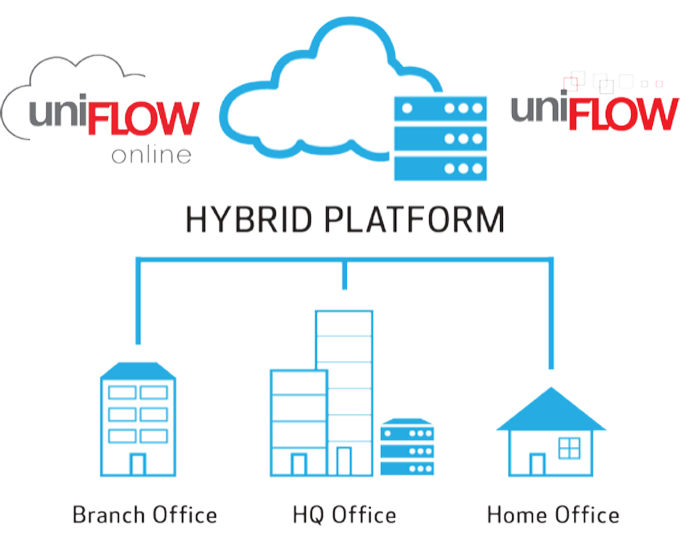
Cloud systems often have security features that help make employees’ everyday activities safer because you can leverage the infrastructure and all the inherent security features embodied within.
With the cloud, version updates are made in real-time; when vulnerabilities are discovered, the cloud provider can patch them quickly. On-premise software can provide protection, but your employees can operate with the most up-to-date version at all times through the cloud, helping bolster security efforts.
This technology has proven invaluable. A cloud network can make the management of a hybrid workplace or a small business with limited resources easier—and above all, safer.
In addition, many cloud networks have built-in security features that protect your small business’s data and intellectual property.
(uniFLOW Online is a secure cloud printing solution for all sizes of businesses to manage their print environment. It has been designed to meet the needs of organizations with a small number of Canon multifunctional devices (MFDs) who do not want to invest in or manage local servers. Courtesy of Uniflow and YouTube.)
When we say Holistic, Look Past Laptops and Computers.
When the general public hears a “cyberattack,” they might picture a laptop or computer being compromised, but that’s not always the case.
Protection must be expanded to other areas like printing, document scanning, and information sharing.

One often overlooked entry point in small and large businesses is the multifunction device (MFD).
Modern MFDs offer a wide range of standard security features. It may sound like common sense, but these machines must be set up correctly to help maximize the protection capabilities.
Taking the time to ensure this simple step isn’t glossed over can assist in preventing major problems down the line.
It is also worth noting that single-function printers (SFPs) can sometimes be used for a long time, with some legacy devices still in use after 20-plus years. While still capable of producing quality work, these older SFPs do not possess modern security features and can be an open door to hackers.
A professional assessment of the entire print environment can lead to discovering these “phantom” devices and a recommendation for the best way to upgrade. Newer technology contains updated security features for a reason, and complacency can lead to unnecessary risk.
Even for modern devices, there are several simple ways to prevent information leaks from occurring: require authentication at the device before printing, which helps eliminate print-outs being left unattended in the output tray; turn off the device when not in use; and ensure the device has a strong password or phrase, similar to employee passwords.
Paper-based security breaches can be as damaging as a hacker stealing files electronically.
These low-tech methods can lead to such problems as medical records or company secrets being stolen and sold on the dark web.
To help combat data breaches, there are solutions, such as uniFLOW Online, Canon U.S.A.’s 2022 ‘ASTORS’ Homeland Security Gold Award Champion, offering from NT-ware in the Best IT Access Control and Authentication System category.
(Learn about Canon uniFLOW Online 2023.1 delivers several new features that extend printing options for Zero Trust environments including mobile printing and direct printing via the Cloud using the Universal Output Queue.
Additionally, uniFLOW Online can allow employees to seamlessly print and scan documents from the corporate office, home office, or a combination of both. The result is a print and scan infrastructure that’s flexible, has security controls, and is built for the future of work.
Running a small business is no small feat, but prioritizing cybersecurity in your day-to-day operations can keep you from becoming part of another cyberattack statistic.
About the Author
Mark Sinanian is the Vice President of Marketing at Canon Solutions America, Inc. Mark began his career at Canon U.S.A. in 1985 as a Technician, where he first began his expertise in technology and security.
 Throughout his multi-decade-long career at Canon, Mark has leveraged his insights in cybersecurity in thought leadership pieces, guiding how people and organizations can better secure their systems.
Throughout his multi-decade-long career at Canon, Mark has leveraged his insights in cybersecurity in thought leadership pieces, guiding how people and organizations can better secure their systems.
Canon U.S.A. is a leading provider of consumer, business-to-business, and industrial digital imaging solutions to the United States, Latin America, and Caribbean markets.
Canon U.S.A. is dedicated to its Kyosei philosophy of social and environmental responsibility.
(Learn More about Canon U.S.A. As a leader in advanced digital imaging, Canon offers a comprehensive line-up of award-winning office imaging solutions and services. Courtesy of Canon U.S.A. and YouTube.)
Canon U.S.A. Nominated for 7th Year in Annual ‘ASTORS’ Homeland Security Awards
















